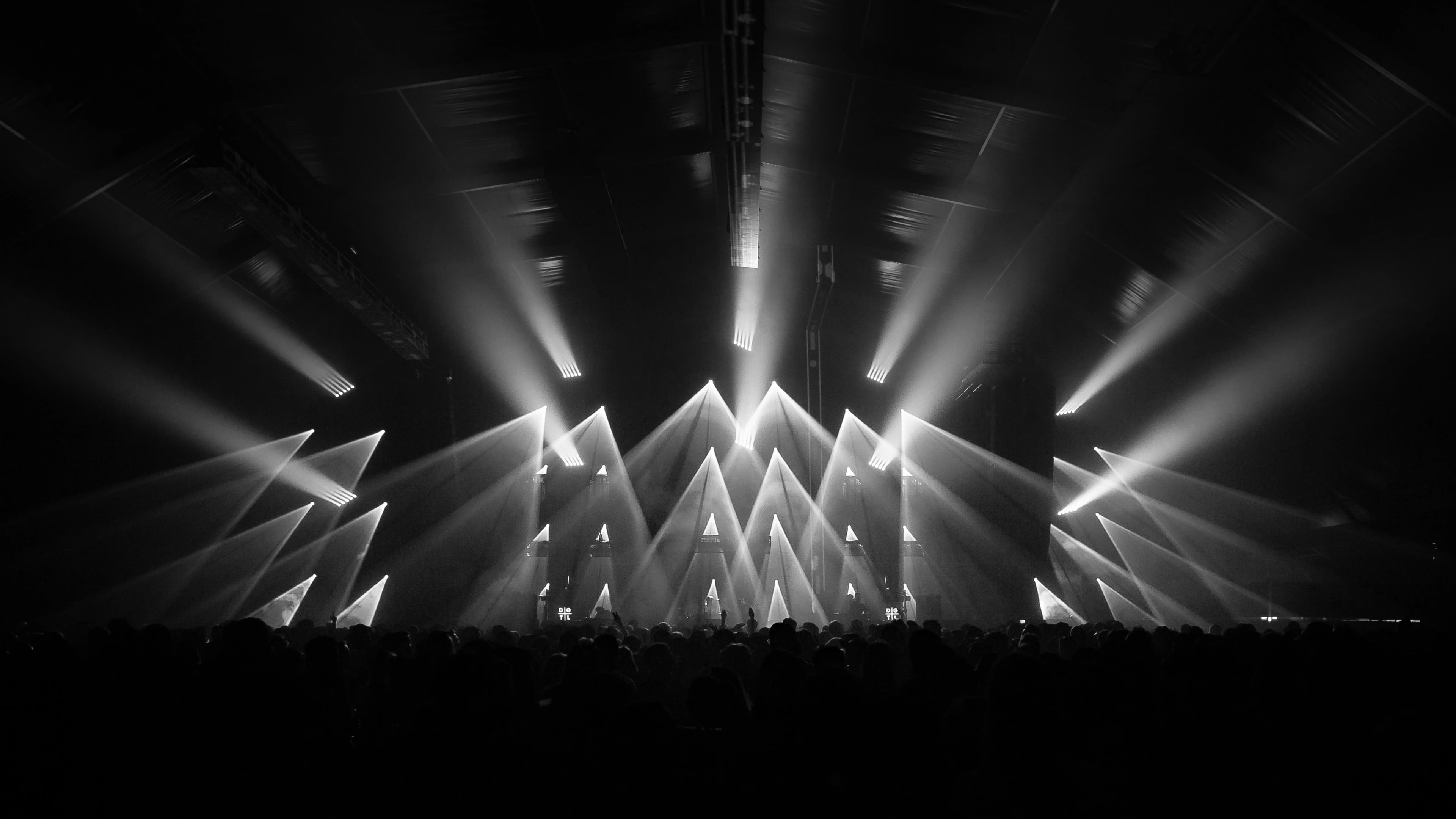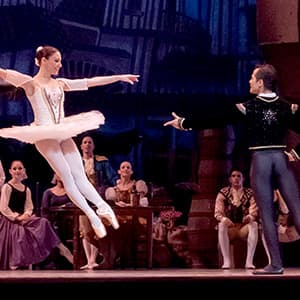

Carnival Of The Animals Tickets
Up to 30% Off Compared to Competitors.
Location: Select Location (e.g, New York)
Events Nearby
We're Sorry. There are currently no events near you.
About Carnival of the Animals
Currently, Carnival of the Animals continues to thrive in live events around the world. The work has been reimagined by various theaters and performing arts companies, integrating elements of dance, visual arts, and theatrical narrative to enhance the audience experience. Productions often incorporate innovative staging, multimedia elements, and engaging choreography to bring the stories of the animals to life. In addition, many organizations are now focusing on educational outreach, using these performances to teach children about music, nature, and collaboration. Recent adaptations include family-friendly concerts where live music is synchronized with animated visuals, making it accessible and engaging to younger audiences. The piece has also been featured in contemporary opera and theater festivals, confirming its status as a beloved classic that resonates with modern themes. As animal conservation awareness grows, some productions have linked performances to messages about wildlife protection, thereby serving both educational and entertainment purposes. Overall, Carnival of the Animals remains a dynamic part of the theatrical landscape, attracting diverse audiences through its rich history and modern interpretations.
Carnival of the Animals History
Carnival of the Animals is a musical suite composed by French composer Camille Saint-Saëns in 1886. Initially intended as a private performance, the work is a whimsical exploration of the animal kingdom, featuring 14 different movements, each representing various animals and their characteristics. The suite includes notable pieces like 'The Swan' and 'Fossils,' both of which have become iconic in classical music. Saint-Saëns, who was both a musician and a naturalist, sought to showcase not only the wonders of the animal world but also to engage audiences through humor and creativity. While the suite was originally kept away from public performance by Saint-Saëns himself out of concern for its lighthearted nature, it eventually gained popularity and has become a staple in concert repertoire and theatrical adaptations. Over the years, various interpretations have emerged, including ballets, puppet shows, and dramatic presentations that blend music with visual storytelling, showcasing the versatility of the compositions and their appeal to audiences young and old.
